How can temperature sensors, electrical current sensors and humidity sensors help to create better and safer buildings?
by Rita Tvede Bartolomei
Digital sensors can be used in almost any way imaginable to make buildings more sustainable and more cost efficient.
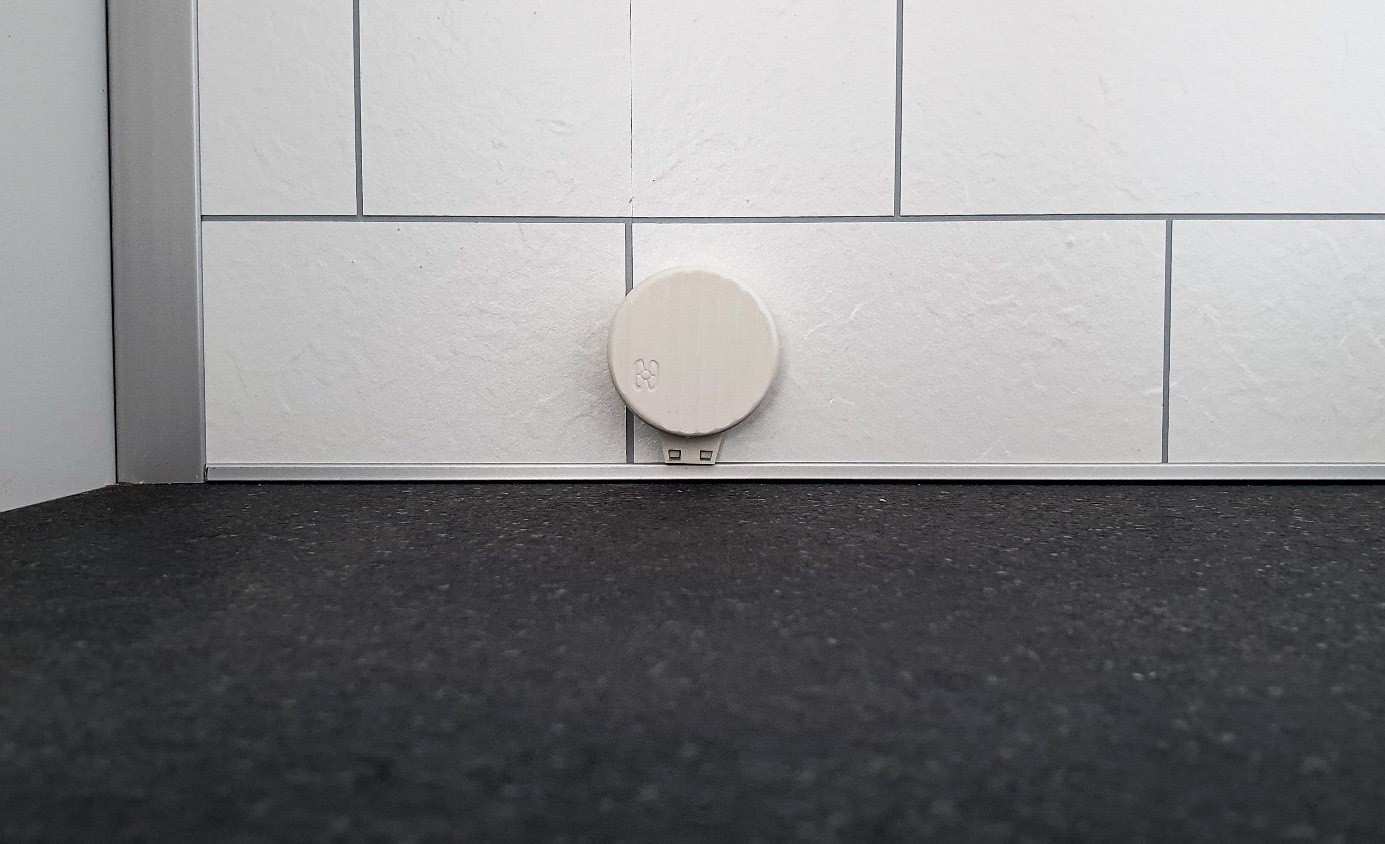
A sensor installed in a building in Norway to detect humidity. Photo © Sensor Innovation
For example, providing warnings when windows or doors are left open, resulting in improved security and energy use.
Sensor communication through the internet
Sensors are not a new invention. Thermostats have been around since the late 1880’s, and infrared sensors since the late 1940’s. But now the internet has opened up vast possibilities for sensor monitoring, and modern sensors communicate through it. Any object or device that has a digital chip with a transmitter can be connected to the internet.

A mobile app can give access to the data gathered by digital sensors: How much electricity is being used, and which windows or doors should be closed. Photo © Pixabay
This is why digital sensors are often called IoT-devices (Internet of Things). When connected to an automated system, extensive information from a variety of different sensors, can be analysed and action can be taken where appropriate.
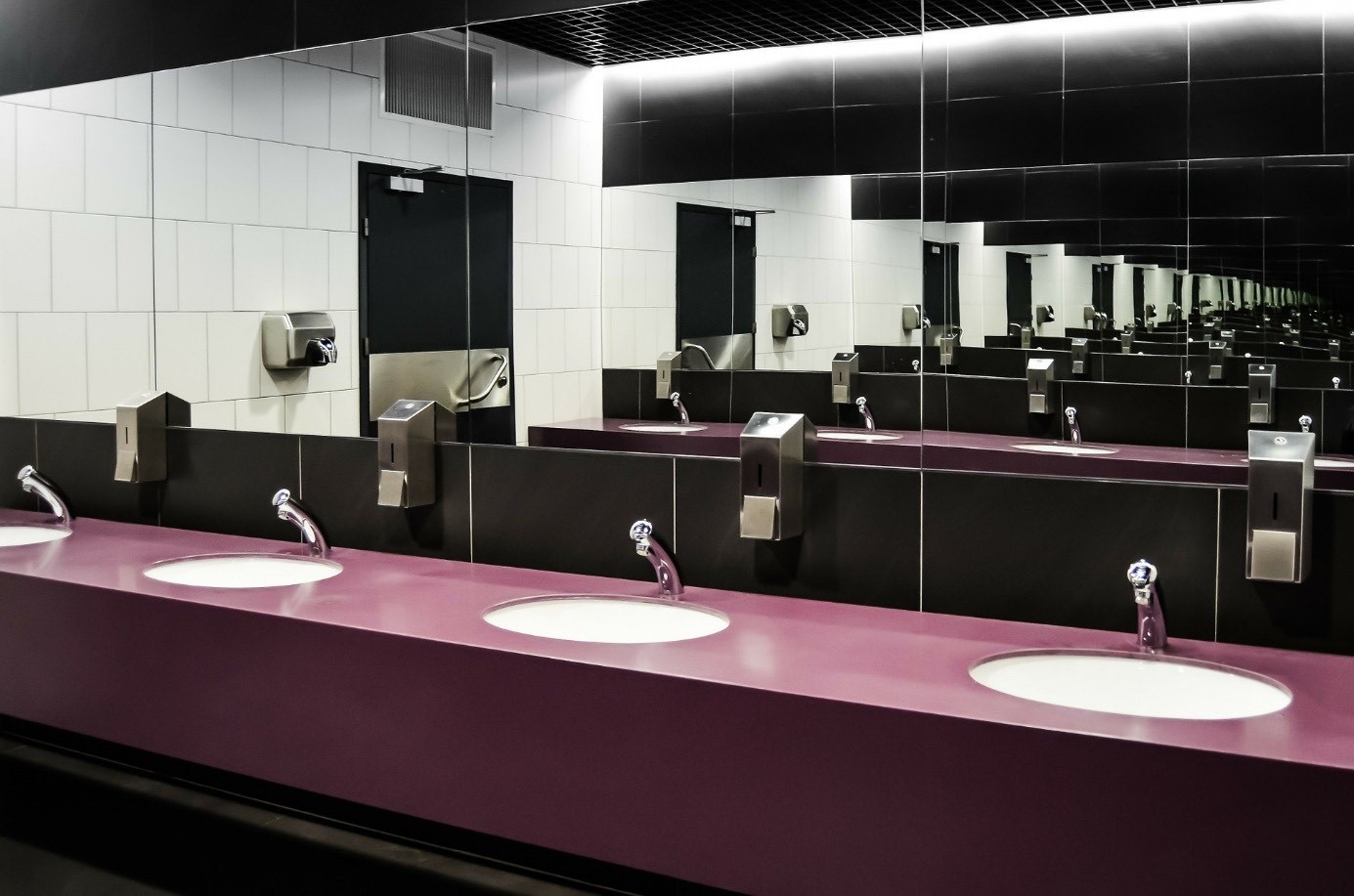
Have they been cleaned just recently? Sensors can also help in keeping track of when restrooms have been cleaned. Photo © Pixabay
Here are 3 useful ways in which sensor technology can be applied to buildings:
1) Just the right amount of heat
Temperature sensors detect changes in temperature and have been used for many years to control air conditioning and heating systems.
Buildings must have an appropriate temperature for occupants to be comfortable, as well as to provide energy efficiency in making sure that rooms are not unnecessarily heated or ventilated when vacant.
2) Preventing mould in buildings
Norwegian tech-company, Sensor Innovation, has developed a type of humidity sensor that protects buildings from moisture damage.

Sensors to detect humidity: Humidity can cause extensive damage to buildings, with rot or mould as a result. Mould can both be damaging to structural components and emit toxins into the air. Photo © Pixabay

Sondre Nesset Rennan, CEO of Norwegian company Sensor Innovation. They have developed advanced sensor technology to detect humidity in buildings. Photo © Sensor Innovation
“A network of sensors will be placed inside the actual construction, and at critical places inside the building. They log sensor data in real time to our cloud solution, where buildings physics are combined with machine learning to give precise alerts to our customers. The solution will lead to reduced maintenance and insurance costs, longer lifetime of the building, better indoor climate and early detection to avoid leakages” as stated by Sondre Nesset Rennan, CEO of Sensor Innovation. The company has worked closely with SINTEF to develop these types of sensors for buildings. SINTEF is the largest independent research organisation in Scandinavia.
These sensors will also be used in construction undertaken by The Norwegian Defence Estates Agency (a government administrative agency under the Ministry of Defence).
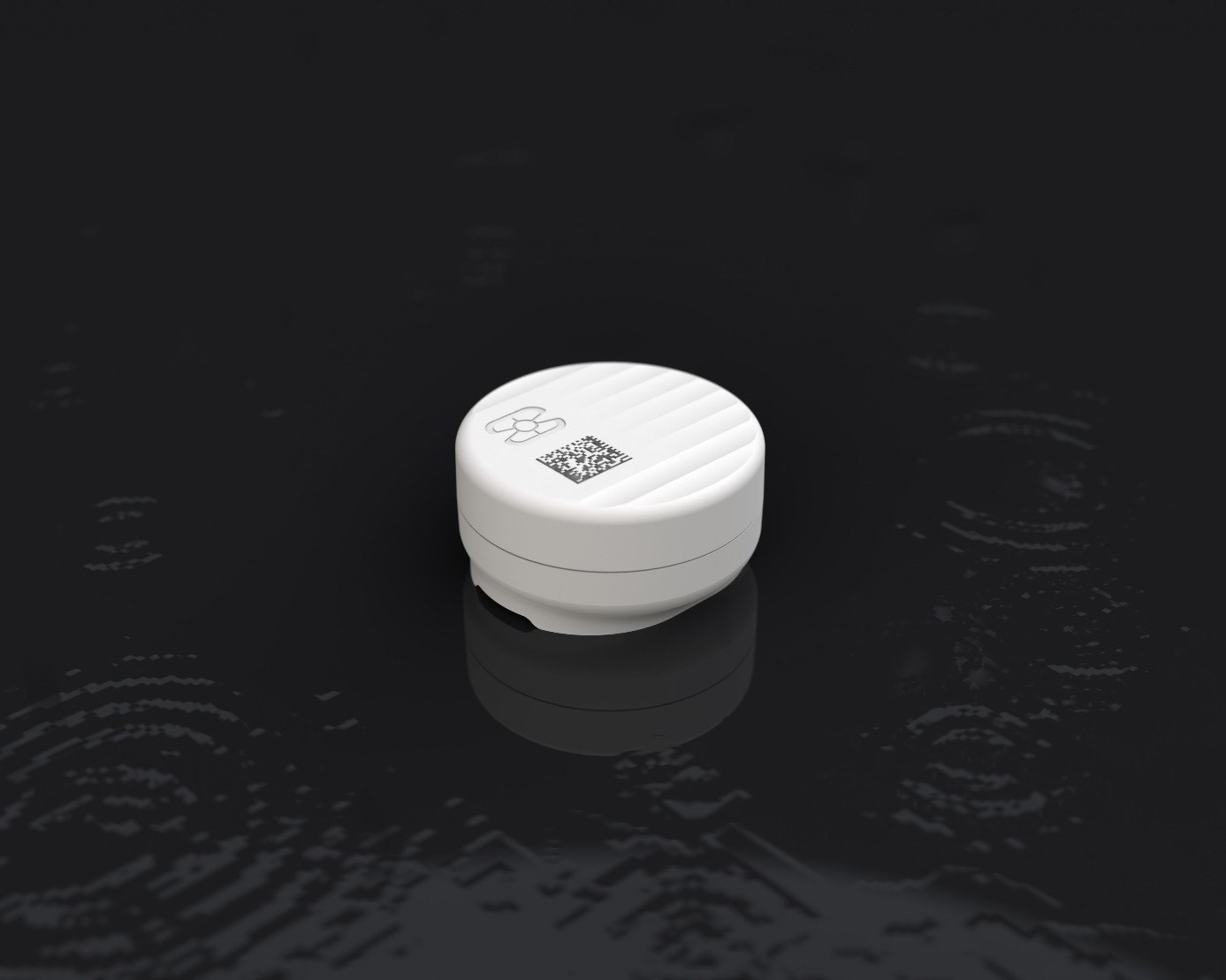
Sensors can monitor ventilation and airflow, heating, energy consumption and even humidity in buildings. This sensor will detect rising water levels. Illustration © Sensor Innovation
The company is now in the process of developing a temperature sensor to detect fires earlier than a smoke detector would “by placing the sensor at critical areas, like machinery and electrical installations” he adds.
3) Efficient power usage saves money and reduces emissions
Electrical current sensors (CT) detect in real-time how much electricity is being used in a building for heating, ventilation, and lighting.
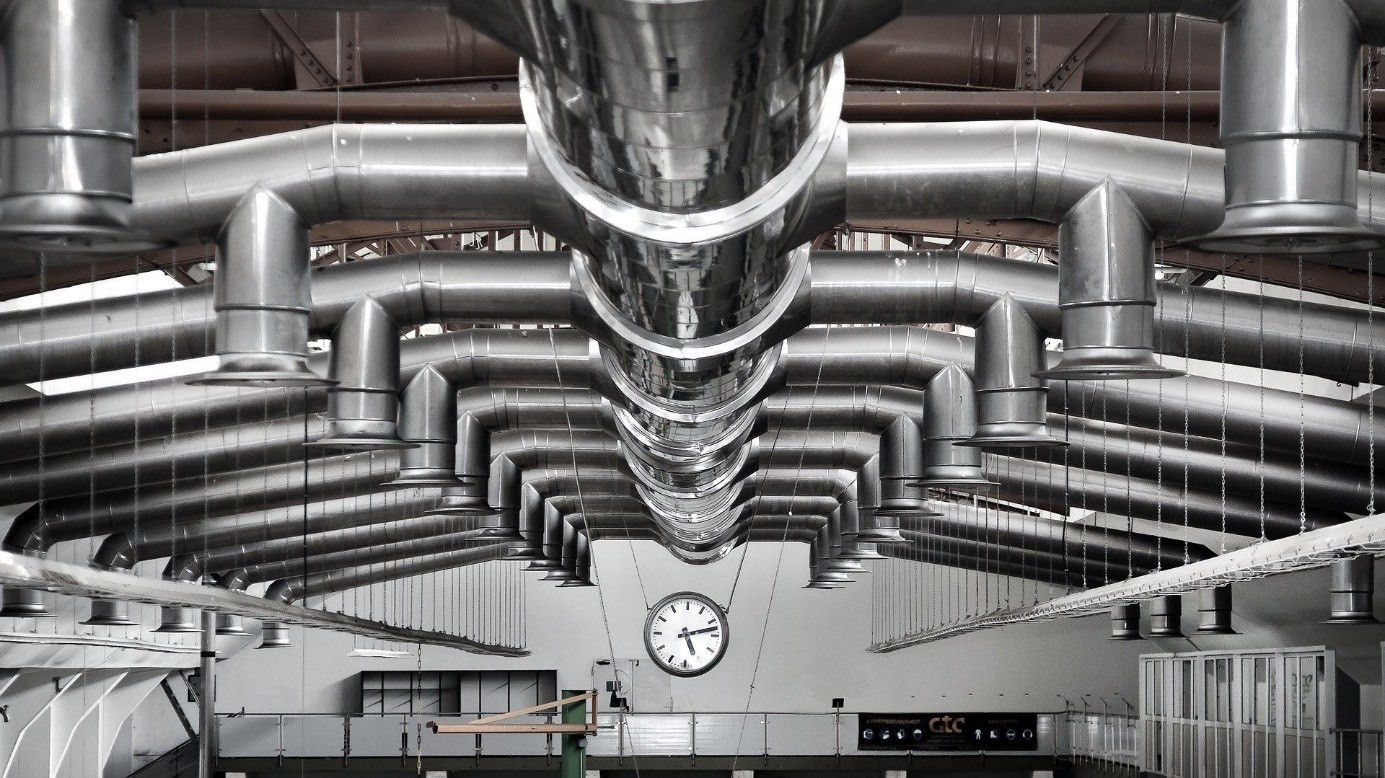
Sensors can also help in monitoring and adjusting ventilation systems in a building, to ensure the most effective air flow possible. Photo © Pixabay
Knowledge of how much energy is used makes it easier to identify where energy is being wasted and where savings can be achieved. With this knowledge, devices can also be turned off when occupants have left the building or a specific room or zone within the building.
Making a building energy efficient, not only by design, but also, by reducing the utilisation of kilowatt-hours (KWh), can lead to a drastic reduction in the transmission of CO2 into the atmosphere.
Case study: Factory Tøyen in Norway
Factory Tøyen, a modern coworking space, placed in an old building in Oslo in Norway, uses sensor technology to provide optimal ventilation and energy efficient use of electricity.
“We are now using digital sensors in several areas and will be implementing even more in the future. Technology places us in a unique position to compete against larger companies that also offer flexible workplaces of the future”, said founder and creative director of Factory Tøyen, Amalie V. Kristoffersen (now Amalie Dreyer), to Digital Norway. Factory Tøyen opened in 2020.
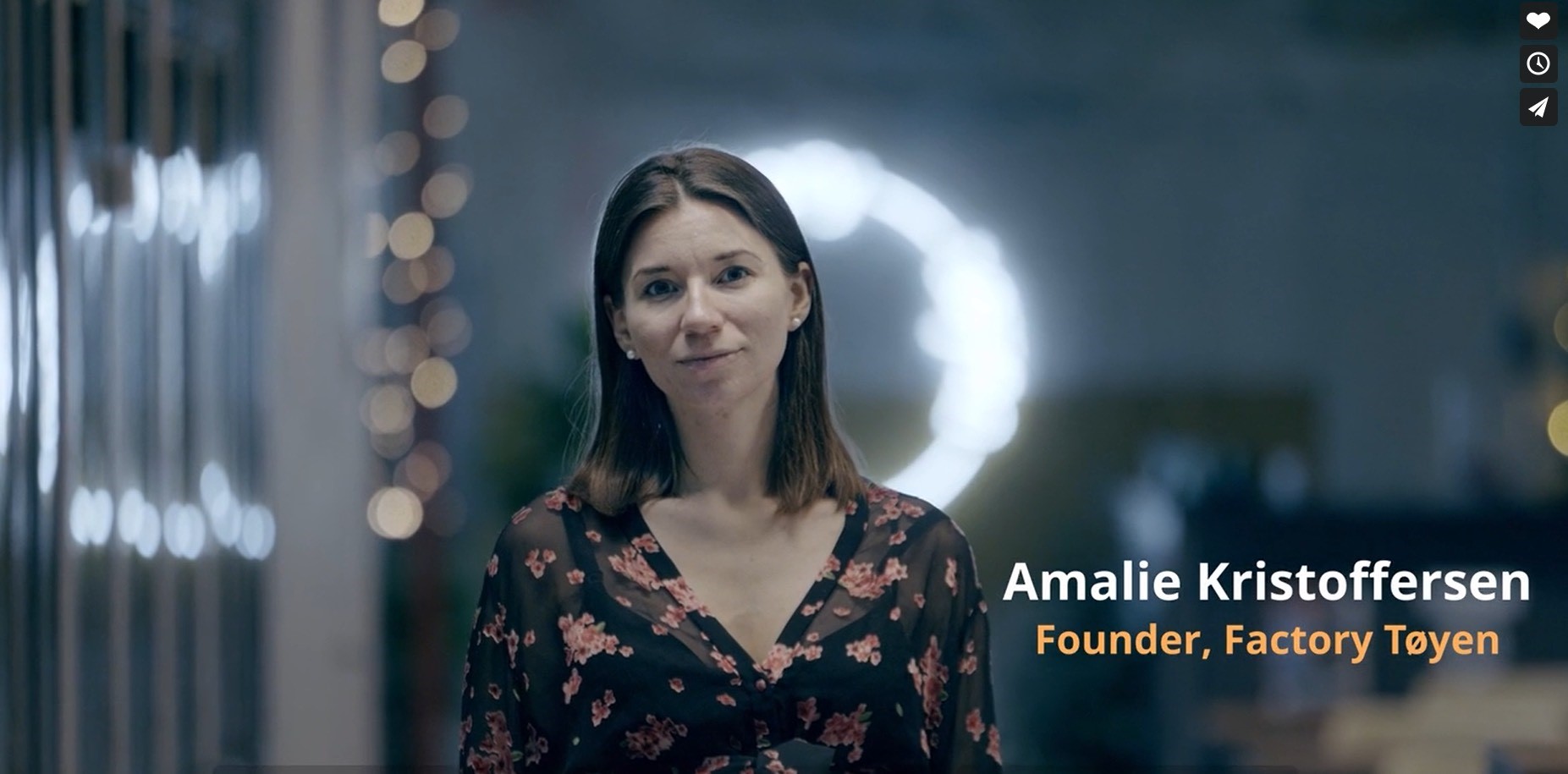
Founder of Factory Tøyen, Amalie, talks about the innovative use of technology to provide a better work environment in a 100-year-old building. Photo © Screenshot from the promotional video about the coworking space
In order to create a more sustainable building, with less need for extensive technical ventilation systems, Factory Tøyes also uses natural ventilation:
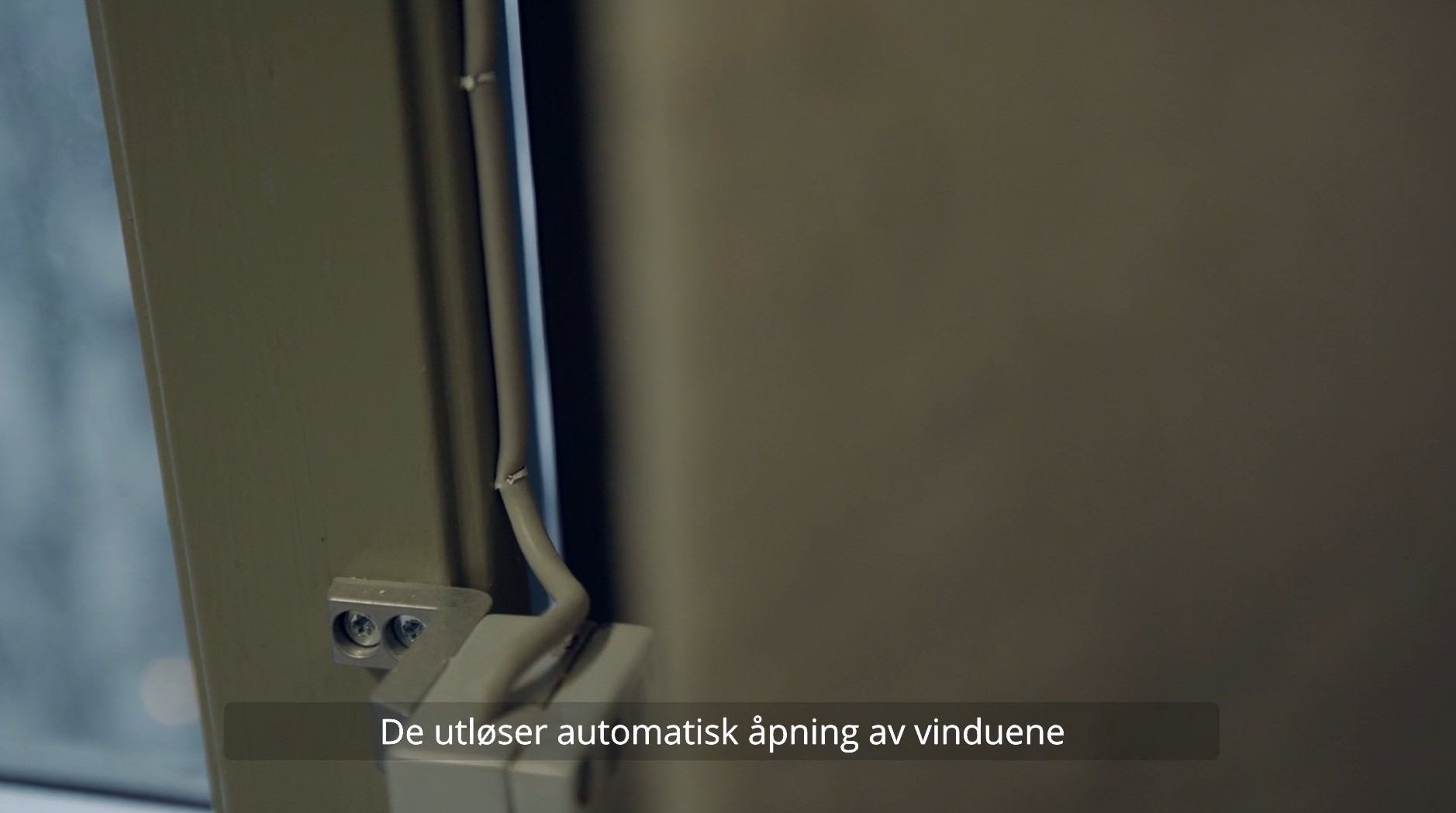
An automated, natural ventilation system creates efficient air flow in a modern coworking space, in an old building. Motors open and close windows when necessary. Photo © Screenshot from promotional video about Factory Tøyen
“Engines will automatically open the windows when CO2- and temperature levels become too high. We have placed heat sensors under the flexible work desks. These sensors help us optimize the furniture plan and overall use of the offices space”, says Amalie Dreyer about the sensors provided by Disruptive Technologies.
But what about the security challenges?
With the increasing use of digital sensors communicating through the internet, there is also an increased need for advanced internet security.
Common attacks in the IoT ecosystem include the stealing of private keys from digital certificates, fake firmware, and other types of data breaches. According to estimates the number of IOT-units will triple within a few years: To approximately 75 billion units in 2025.
The market for IOT-technology is also rapidly increasing and becoming vastly profitable on a global scale. By 2027, the global IOT-market will be worth 1,5 billion US-dollars.